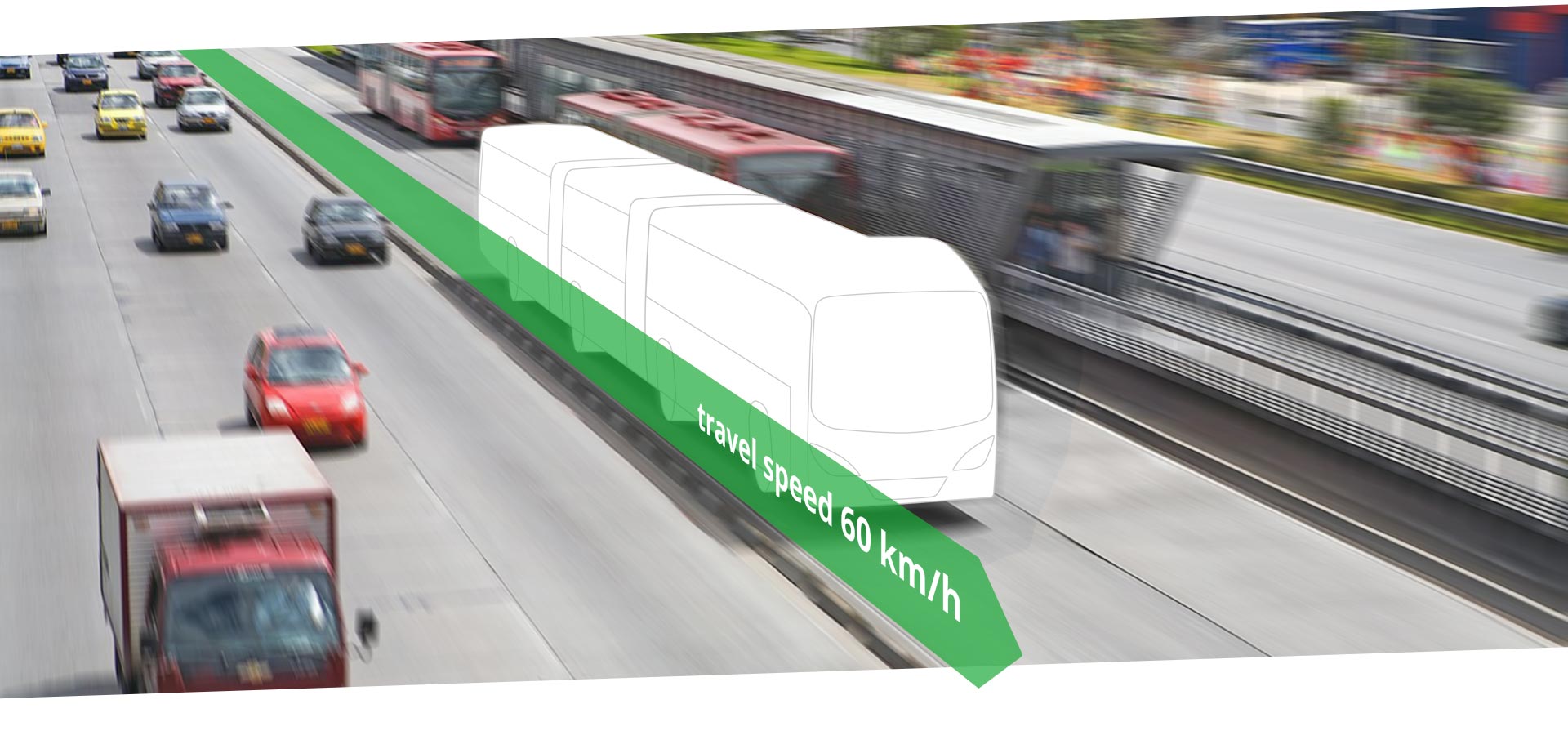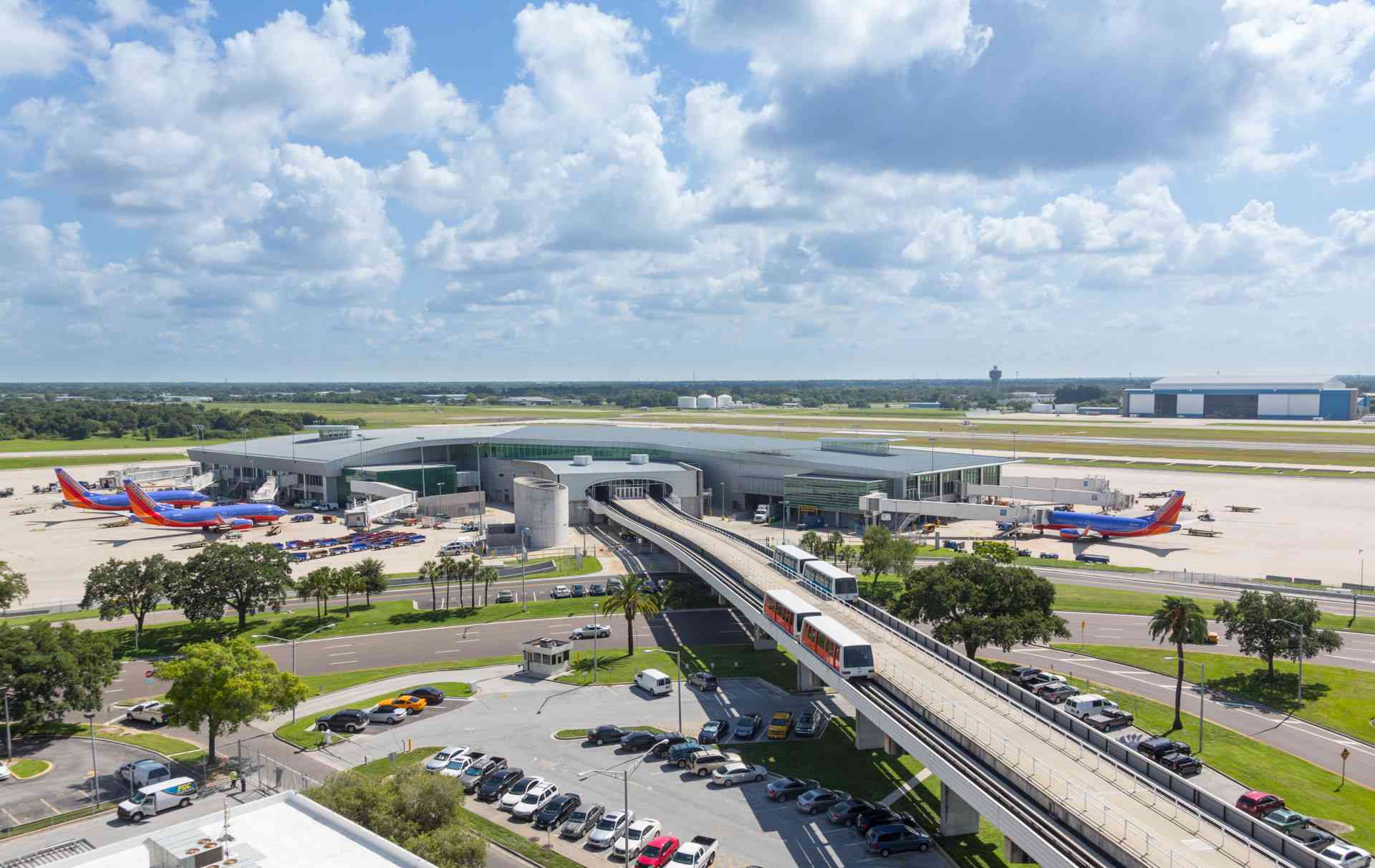
Fully automated Passenger Transport Systems (PTS) are common practice at airports
Passenger Transport Systems (PTS) systems have become established as connector and feeder systems for landside and airside transportation at airports. These systems are normally referred to as Automated People Mover (APM) systems.
 Driverless Passenger Transport Systems (PTS) at airports often connect terminals, rental car facilities, parking garages, hotels, cab stands and public transportation stations. Larger airports primarily use self-propelled APMs, while smaller and medium-sized airports also use cable-propelled APM systems. However, in many cases the diesel or hybrid bus is still used as a landside and/or airside shuttle bus.
Driverless Passenger Transport Systems (PTS) at airports often connect terminals, rental car facilities, parking garages, hotels, cab stands and public transportation stations. Larger airports primarily use self-propelled APMs, while smaller and medium-sized airports also use cable-propelled APM systems. However, in many cases the diesel or hybrid bus is still used as a landside and/or airside shuttle bus.
Airports with passenger volumes of approximately 10 million or more per year often use Automated People Mover (APM) systems. In most cases, the APM transportation systems operate on elevated guideways, but tunnel and “indoor” systems in the terminal building are also common. Passenger comfort, system availability and transfer times are decisive arguments in favor of building a PTS system. Shuttle, bypass or pinched loop operation modes are used, depending on the operational requirements of the airport.
Due to the high investment costs, partly caused by complex project specifications and project administration, many airports cannot afford an PTS solution. Here, zatran would like to contribute to reducing project specifications, system requirements and codes and standards to the essentials. Thus, making comfortable, fully automated transport systems affordable for airport operators.